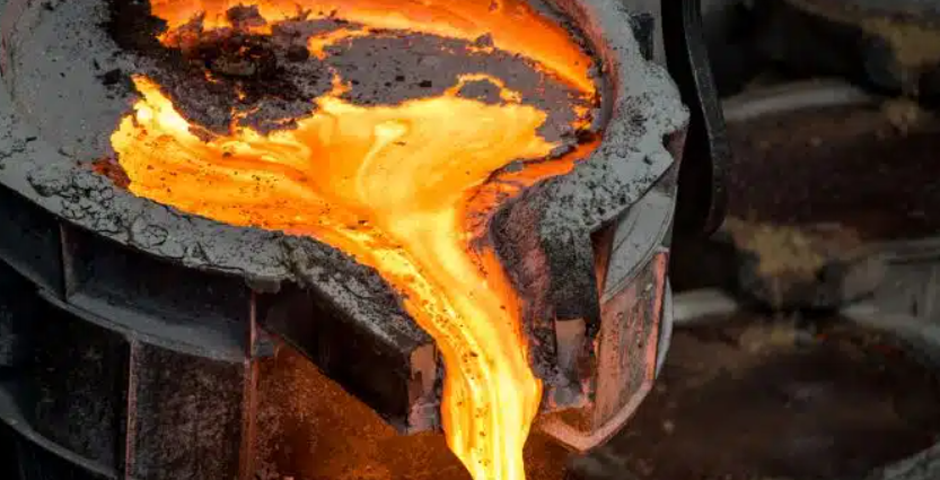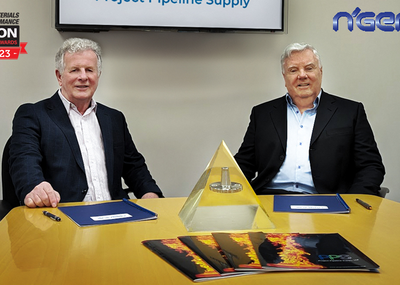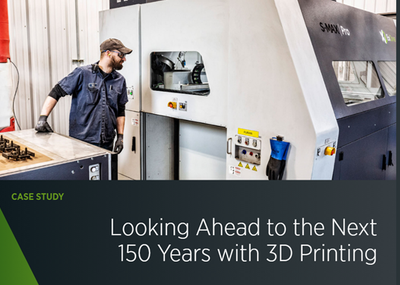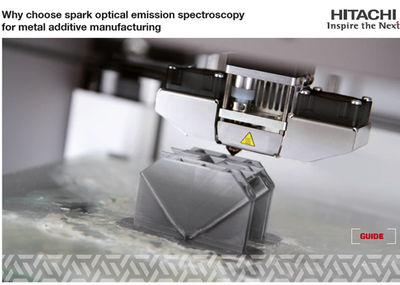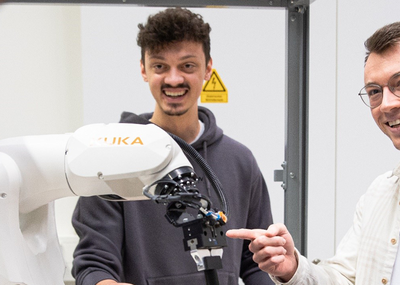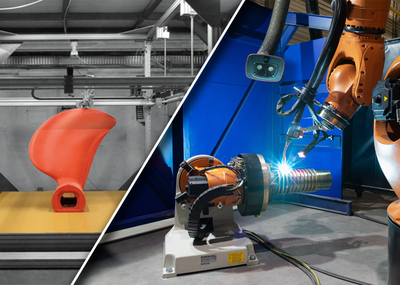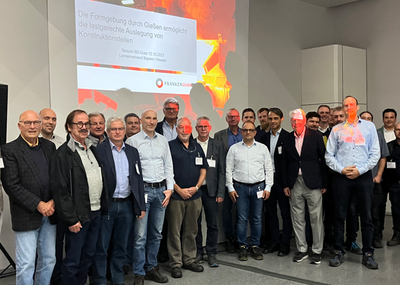Aston University has set up a new project focused on developing a mathematical model to improve liquid metal casting. The method will be used to help prevent lightweight aluminum alloys from corroding – or oxidating – very quickly when first exposed to air. A better knowledge of this could reportedly improve the emerging processes related to the 3D printing of light metals.
Within the transportation sector, steel is gradually being replaced by light metal alloys. Although they don’t rust like steel, they do oxidize very quickly when first exposed to external ambient conditions which affects their quality and lifespan.
Dr. Paul Griffiths, senior lecturer in applied mathematics at Aston University, will be conducting a 12-month project that will focus on the thin oxide films that develop on alloys which affect the casting process. He has been awarded £80,000 from the Engineering and Physical Sciences Research Council (EPSRC) for the study ‘Developing an accurate non-Newtonian surface rheology model’.
“The aim of this investigation is to develop a mathematical model that accurately captures the two-way coupling between a liquid metal flow and the oxide layer above, with the latter behaving as a non-Newtonian liquid/gas interface,” said Dr. Griffiths, who is based in the University’s College of Engineering and Physical Sciences. “The objective of this project is to describe both the surface characteristics – velocity and shear profiles – as well as the important effects of surface curvature. The benefit of a more appropriate mechanical model for the oxidized surface of a melted metal flow would lead to a better understanding of the encapsulation process which affects the alloy.”
The research is conducted with a project partner in Grenoble, France.
Late last year, a team of from the University of Southern Denmark (SDU) started developing and using aluminum additive manufacturing – demonstrating the increasing accessibility of the technology to academia and research facilities with limited resources as well as small- and medium-sized businesses. The university group is using an affordable metal 3D printer from Xact Metal and aluminum powder from Equispheres Inc.
Source: www.voxelmatters.com

